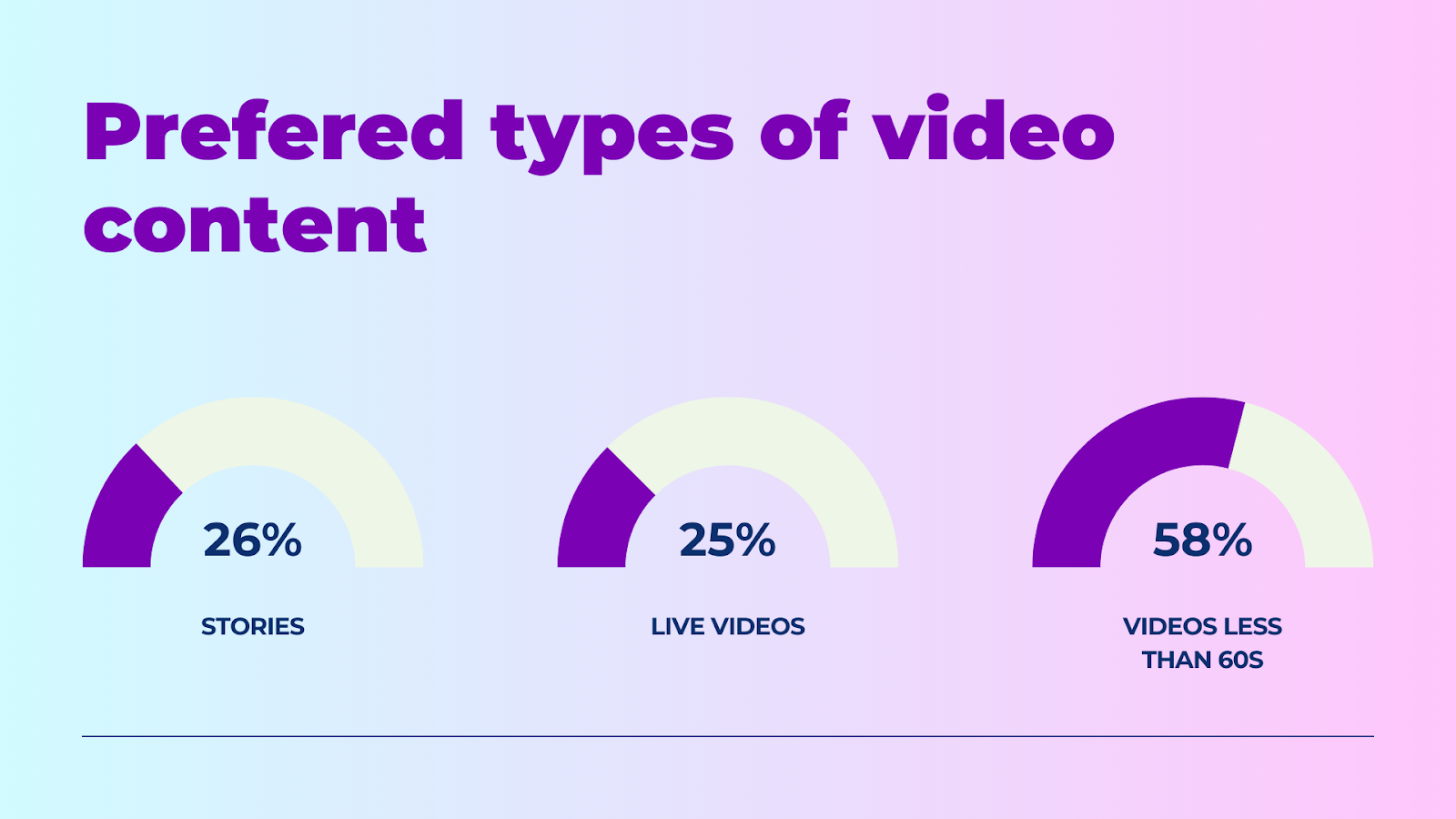Summary
READ ITHow Video Elements Can Improve User Experience on Websites
In today’s digital world, people move fast. They skip anything that feels slow or confusing. Video helps you share information in a clear and simple way. It shows ideas through movement and sound, so users understand your message without extra effort. If a brand wants to stand out, video is an easy way to make the site feel more real and human. When used well, video helps people connect with your message and stay on your site longer.
The Impact of Videos on Website Engagement
Video keeps visitors interested because it feels easier to watch than reading long text. A short clip can explain a product, show how something works, or guide a user through a process. This makes the page feel active and helps users stay focused. When people stay longer and click more, your site looks more helpful to search engines. This positively impacts rankings and supports your broader technical SEO checklist goals.
Why Video Content Keeps Visitors Hooked (and Coming Back)
People decide quickly if a page is worth their time. Video helps you make that first moment clear. A short clip can explain something fast without asking users to read much. It can show real people, real stories, and real results. This builds trust. When users feel a real connection, they remember your brand and return more often. Longer watch time also tells search engines that your content is useful, which helps your visibility.

Making Website Navigation Fun with Interactive Videos
Interactive videos let users move through your site by clicking inside the video itself. This makes navigation simple and visual. For example, a person can click on a product in the video to learn more or click on a room during a virtual tour to enter it. This removes the need to look through menus and pages. It makes the site feel fast and clear. When set up well, it also helps search engines understand your content better.
The Smart Way to Handle Autoplay Videos
Autoplay can help the page feel alive, but it can also irritate users if it is too loud or slow to load. Start the video muted. Keep the file size small. Make sure it fits the purpose of the page. Give clear controls so users can stop or replay it. Good autoplay should support the page, not distract from it.

Crafting Captivating Worlds with Background Videos
Background videos create mood and help users understand your brand quickly. A short loop of a place, a product, or an idea can say more than text. It sets the tone without needing words. But it must load fast and work on all devices. Compress it well and add a backup image for mobile. When done right, it adds emotion without slowing down the site.
Video Testimonials: Forging Real Trust and Bonds
People trust real experiences. Seeing someone speak about their story feels honest and direct. Video testimonials help visitors picture how your product or service can help them. Place these videos on important pages like the homepage or product pages. Add captions so everyone can understand. These videos give clarity and build confidence.
Put Videos Where They Shine
A good video only works if people can see it at the right time. Place videos where they support a decision, like beside pricing, next to a product description, or near a sign-up form. Use heatmaps and tests to see where users look. Make sure the player is clear and works well on mobile. The video should feel like a natural part of the page.
Short Videos: Grab Attention, Hold It
Short clips work well because people scroll quickly. A 15 to 60 second video can explain one point fast. Use short videos to show a key feature, preview a topic, or give a quick update. They load fast and work well on phones. Add captions and make sure the video is responsive.
Tell Stories That Stick
People remember stories more than facts. Video makes stories feel real because it shows faces, places, and emotions. A simple story about how something is made or how a customer solved a problem can make your brand feel human. This helps users remember you and trust you.
Know What’s Working: Read the Data
Track how people watch your videos. Note how many start the video, how long they watch, and when they leave. If they stop early, change the opening. If a certain style performs well, use it more. Also check loading speed, transcripts, and structure so both users and search engines can understand the content.
The Big Picture: Video Is the New UX
Video is now a normal part of good user experience. It helps people learn, explore, and trust your brand without extra effort. When used with purpose, it makes your site feel simple and alive. Keep videos clear, light, and placed where they help most. Good video supports the whole site.


.jpg)

.jpg)
